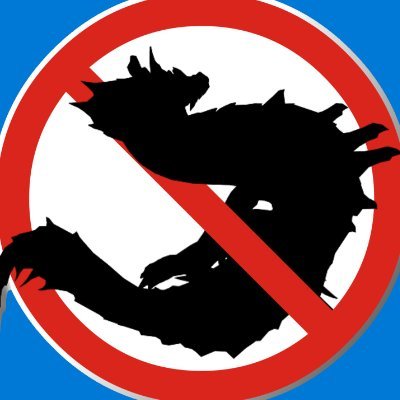After sucking out the toxins from its prey, the toxins within those blood sacs will be sent to large sacs found on the side of its body.
Although Baruragaru feeds on the blood of other monsters, it doesn't just use the blood for subsistence but also as means of defense. Baruragaru has specialized sacs (Blood Sacs) in its body that it uses to separate toxins and other impurities from the blood of its prey.
Baruragaru's most striking feature is the tubular-like tongue inside of its mouth. This tongue is extremely long and has protrusions at the end of it. These protrusions are used to pierce its victim before it begins to feed.
Sources
1. Monster Hunter Frontier
2. Monster Hunter Frontier Memorial Book: 10th Anniversary Archives - pg. 107
3. https://t.co/oCYeUXy6mC
4.https://t.co/GclSRiEbB3
5. https://t.co/xYpFJirFpn
6. https://t.co/Yviv1w9ILa
7.https://t.co/XJSvCB1ZkH
8.https://t.co/Ny4Oyd7g1B
A fun fact about Disufiroa and Shantien is that both are weak to each other's elements.
Shantien = Ice & Dragon
Disufiroa = Water & Thunder
Here's some weapons (Long Sword, Hunting Horn, Gunlance, Bow) that can be crafted with Disufiroa's materials. Disufiroa's weapons have an element known Frozen Seraphim (Japanese 熾凍), which is a combination of Fire (80%), Ice (80%), and Dragon (40%).
Disufiroa is nicknamed the "Frozen Seraphim Dragon" due to its control over two elements; fire and ice. Unlike most monsters, Disufiroa is capable of controlling both elements at the same time.






























